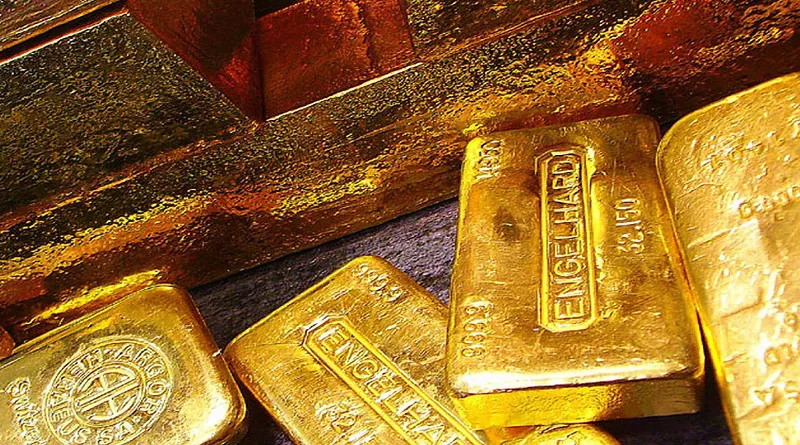Gold, the “king of metals,” has played a multifaceted role throughout human history, transcending its value as a precious commodity. Beyond its use in jewelry and as a store of value, gold has proven to be a reliable economic indicator, reflecting the state of global economies and financial markets. In this in-depth exploration, we delve into the intricate relationship between gold and the economy, uncovering how its price movements and trends offer valuable insights into the economic landscape.
1. Gold as a Safe-Haven Asset
Historical Perspective
Gold’s reputation as a safe-haven asset dates back centuries. In times of economic uncertainty, geopolitical turmoil, or financial crises, investors flock to gold as a refuge. Its intrinsic value, stability, and universal acceptance make it a reliable choice for wealth preservation.
The Flight to Safety
During economic downturns or periods of heightened market volatility, the demand for gold surges. This flight to safety is driven by the belief that gold will retain its value when other assets falter. The 2008 financial crisis and the COVID-19 pandemic are recent examples of events that triggered significant gold price increases as investors sought refuge.
2. Gold’s Relationship with Inflation
Inflation Hedge
Gold has long been viewed as an effective hedge against inflation. When the purchasing power of fiat currencies erodes due to rising inflation, the value of gold typically rises. Investors flock to gold to preserve their wealth and purchasing power.
Inflation Expectations
Gold’s price movements often correlate with inflation expectations. As markets anticipate higher inflation, demand for gold increases. Central bank policies, fiscal stimuli, and commodity prices all influence these expectations, impacting the metal’s value.
3. Gold and Interest Rates
Inverse Relationship
Gold and interest rates share an inverse relationship. When interest rates are low or negative, the opportunity cost of holding gold diminishes, making it more attractive to investors. Conversely, rising interest rates can reduce gold’s appeal since other assets like bonds become more lucrative.
Central Bank Policies
Central banks’ decisions regarding interest rates and monetary policies play a significant role in shaping gold’s performance. Gold prices tend to rise when central banks implement policies like quantitative easing or lower interest rates to stimulate economic growth.
4. Geopolitical Events and Gold
Geopolitical Turmoil
Geopolitical events, such as conflicts, trade disputes, and political uncertainties, can send shockwaves through financial markets. Gold often thrives in these conditions as investors seek shelter from uncertain global developments.
Global Reserves
Countries also hold gold reserves as a form of insurance against geopolitical risks. These reserves provide stability and confidence in the face of economic and political turmoil.
5. The Role of Speculation and Market Sentiment
Speculative Investment
Speculators and market sentiment can significantly influence gold prices. Short-term fluctuations are often driven by speculative trading rather than fundamental economic factors. News, sentiment, and even social media can sway the market.
FAQs: Gold as an Economic Indicator
Q1: Can gold predict economic recessions?
A1: While gold can signal economic uncertainty and serve as a safe-haven asset during recessions, it cannot predict them with certainty. Gold’s price movements often reflect broader economic conditions and investor sentiment.
Q2: How do central bank policies impact gold prices?
A2: Central bank policies, particularly regarding interest rates and monetary easing, can influence gold prices. Lower interest rates and quantitative easing tend to drive gold prices higher, while higher rates can have the opposite effect.
Q3: Is gold a reliable indicator of inflation?
A3: Gold is considered a reliable indicator of inflation trends and expectations. When inflation expectations rise, the demand for gold as an inflation hedge typically increases, leading to higher gold prices.

